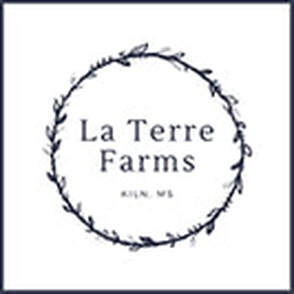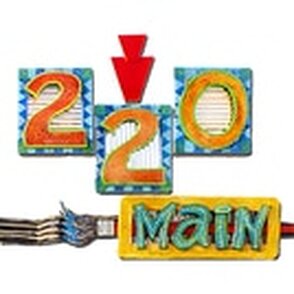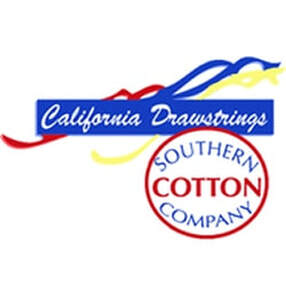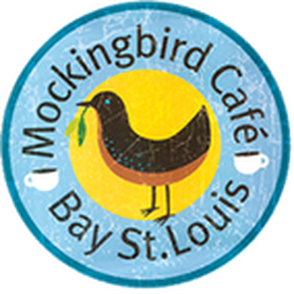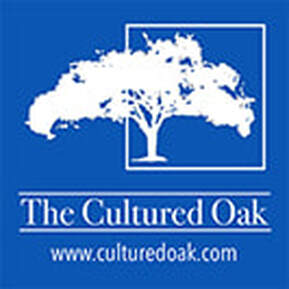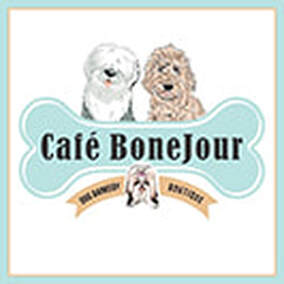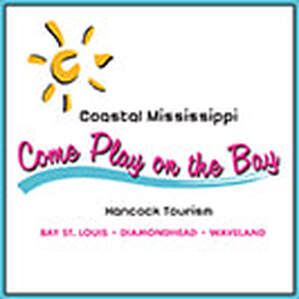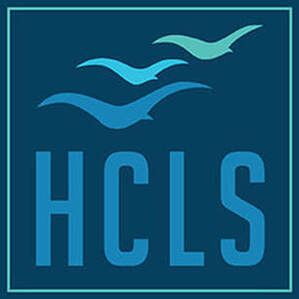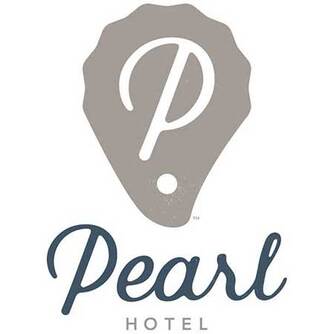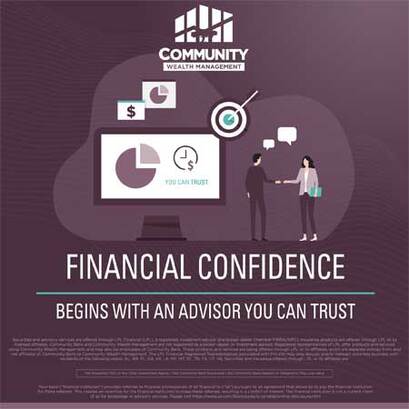A Case For Reading Short Fiction
Love to read, but short on time? Tasty tidbits of tales can prove just as satisfying as a long novel. Check out these short story collections.
- story by Carole McKellar The Dogs Buried Over the Bridge: A Memoir in Dog Years
|
|
In early January, resolute people join gyms and begin diets. The holidays were fun, but now it’s time to pay the piper for all that sugar and alcohol.
What an odd time to find myself drawn to cookbooks. I admit that I’m a big fan of the genre and have more cookbooks on my shelves than anyone who has tasted my cooking would imagine. I love the tempting pictures, but my greatest joy is reading the backstory of the recipes and why they are worth the time. All cookbooks are written with love and care, whether written by famous chefs or members of the Junior League, but all are not created equal. |
Bay Reads
|
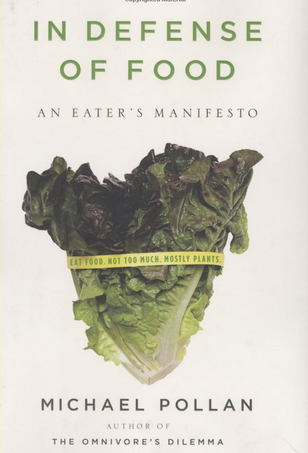
One of my favorite books about cooking and eating is “The Art of Simple Food” by Alice Waters, a famous chef, organic food activist, and the author of numerous books. She owns Chez Panisse, a restaurant in Berkeley, California famous for its organic, locally grown ingredients. Waters writes:
Good cooking is no mystery. You don’t need years of culinary training,
or rare and costly foodstuffs, or an encyclopedic knowledge of world cuisines.
You need only your own five senses. You need good ingredients, too, of course,
but in order to choose and prepare them, you need to experience them fully.
It’s the many dimensions of sensual experience that make cooking so
satisfying. You never stop learning.
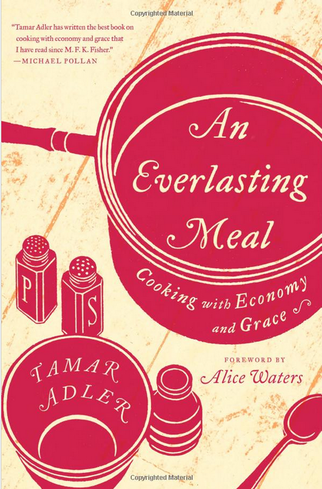
Tamar Adler learned well from Fisher about economy and ingenuity. She describes her weekly routine of visiting farmers’ markets to buy “the leafiest, stemmiest vegetables I can find. … I start cooking them as soon as possible after shopping, when the memory of the market’s sun and cheerful tents are still in mind.” Once prepared, the squashes, greens, and root vegetables form the basis of meals for a whole week.
She’s a big fan of using seasonal vegetables in salads, omelets, soups, or gratins. As their freshness wanes, she recommends making a curry. There are recipes in the book, but most of them simply say something like, “add 2 cups cooked vegetables.” Adler uses vinaigrette on salads, beans, and rice dishes. The recipe for basic vinaigrette is so simple that you will never buy bottled dressing again.
1 shallot, minced (if you have one but it’s fine without it)
1/4 teaspoon salt
1 teaspoon Dijon mustard
juice of 1/2 lemon
1 tablespoon red wine vinegar
1 clove garlic, smashed (I use a garlic press.)
1/3 to 1/2 cup olive oil
Mix all but the olive oil and let sit for a minute. Mix in the oil.
“An Everlasting Meal” is filled with poetry and literature. I feel that I’m not reading a cookbook, but a fabulous lifestyle idea. Readers are encouraged to think of food preparation and consumption as a celebration. Ms. Adler playfully urges us not to take cooking too seriously when she names chapters “How to Boil Water” or “How to Snatch Victory from the Jaws of Defeat.” Whenever I reread her book, I feel confident that I can cook more intuitively and successfully.
For the past 25-plus years, I have lived a primarily vegetarian life. Some meat and fish are allowed into our diets, but we prefer vegetables. My favorite cookbooks are vegetarian. My earliest attempts at cooking were aided by Mollie Katzen and her charmingly illustrated books, “The Enchanted Broccoli Forest” and “Moosewood Cookbook.”
These days I like to consult “The Complete Vegetarian Cookbook” by America’s Test Kitchen. This book is a treasure-trove of hints and techniques. Each recipe starts with “Why This Recipe Works,” which explains the result of extensive research in the test kitchen. It’s easier to be inventive when you understand the basics of preparation.
A small book titled “Mezze” is another favorite of mine. Mezze dishes originate in North Africa, the eastern Mediterranean, and the Middle East. Comparable to Spanish tapas or Italian antipasti, mezze are small dishes served as appetizers or grouped together to form a meal for sharing. The recipes for hummus and eggplant dip are easy and delicious. There’s a carrot salad that looks sweet, but is quite savory thanks to cumin and turmeric. I love the oven roasted chile shrimp with its spicy juices for sopping with bread.
Today food blogs are very popular and number in the thousands. It’s not easy to separate the best from the mediocre, but here are a few that I enjoy:
My Paris Kitchen (davidlebovitz.com)
Cookie + Kate (cookieandkate.com)
101 Cookbooks (101cookbooks.com)
Sprouted Kitchen (sproutedkitchen.com)
The First Mess (thefirstmess.com)
I believe that preparing and consuming good, fresh food enhances our lives. Meals shared with friends and family offer great satisfaction and pleasure. All of our senses are engaged and our overall well-being is improved. I read cookbooks to become a more confident cook, not one ruled by recipes. I want to enjoy the preparation and sharing of meals with the people I love.
Our two local bookstores, Pass Christian Books (sponsor of this column!) and Bay Books, have a good selection of cookbooks for consideration. The Bay St. Louis Library and other branches of the Hancock County Library System have shelves filled with books about food.
Get out the knives, and shake those pots and pans.
7 Best Book Lists
|
Many people make resolutions for the new year, but I make lists. I comb the Internet for “Best Books of the Year” lists and dutifully write the book titles in a notebook. The lists provide either a pat on the back for choosing a worthy book or a reading list for the coming year. I love asking readers what books they have enjoyed reading during the year, and I record their recommendations as well.
In 2008, I started keeping a book journal in which I write the title, author, and the first sentence of the books I read. I enjoy looking back over each year’s books and remembering my favorites. Four books stand out as my best picks for this past year: |
Bay Reads
|
Theroux's “Deep South”
- by Carole McKellar
|
Paul Theroux is arguably America’s most famous travel writer. He has written seventeen nonfiction books, mostly travelogues, and thirty works of fiction. “The Great Railway Bazaar,” an account of his train travels across Asia, made him famous forty years ago. Since then he has written books about his travels to Central and South America, Britain, China, the Pacific Islands, the Mediterranean, and Africa. Theroux is praised for his ability to immerse himself in a culture with curiosity and attention to detail. He is criticized for being overly critical and self-aggrandizing.
|
Bay Reads
|
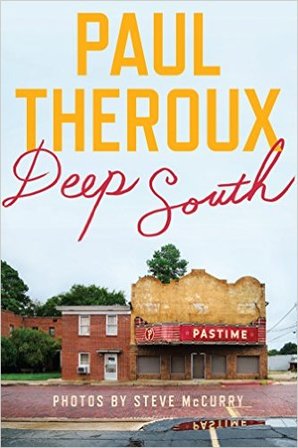
Theroux writes, “After having seen the rest of the world, I had planned to take one long trip through the South in the autumn, before the presidential election of 2012, and write about it. But when that trip was over I wanted to go back, and I did so, leisurely in the winter, renewing acquaintances. That was not enough. I returned in the spring, and again in the summer, and by then I knew that the South had me, sometimes in a comforting embrace, occasionally in its frenzied and unrelenting grip.”
In “Deep South,” Theroux drove through some of the poorest sections of the rural South — the Low Country of South Carolina, Alabama’s Black Belt, the Mississippi Delta, and the Arkansas Ozarks. He intentionally avoided the most prosperous areas, usually the cities where there is “wealth and stylishness and ease.” He instead favored small towns, most of which seemed like ghost towns with abandoned houses and boarded up stores. Jobs in these areas are hard to come by due to mechanization, lack of quality education, or industrial shut-downs.
While the main reason for the journey was a curiosity about the Southern poor, Theroux found that the good will of southerners “was like an embrace.” People he encountered were kind and generous. Lucille, a woman in Tuscaloosa, Alabama, told Theroux, “Ain’t no strangers here, baby,” before driving miles out of her way to show him the way to a local church. In the Mississippi Delta, Theroux found the people “not just approachable but unpretentious and friendly to strangers, glad to talk, and especially to talk about the past because they were uncertain about the future.”
Churches are important to the story because they are the social center of community life. Theroux felt that “poverty is well dressed in churches” and everyone welcomes strangers. He has an ear for dialogue and seemed to relish chance encounters. Conversations in churches, on street corners, in convenience stores, and in small cafes with names like “O Taste and See” are the heart of the book. He found southerners to be talkers who enjoy telling their stories.
Theroux visited several gun shows during the course of the year. A sign on an Alabama shop that said JESUS IS LORD — WE BUY AND SELL GUNS connected two of the book's recurring themes. Theroux felt that the gun shows were less about shooting guns and more about the self-esteem of white males who feel defeated and persecuted.
Theroux has a novelist’s eye for setting. His descriptive powers are displayed frequently in such passages as, “The cold mist and the gray sky seemed to flatten the Delta and make the road bleaker, the muddy fields beside the long straight road, raised like a levee, the chilly wind from the river that tore leaves from the trees. In its nakedness the Delta had a stark beauty and simplicity.”
The book is divided into four parts depicting seasonal visits. Theroux included chapters he called "Interludes" between the seasons. The first is a treatise on the history and use of the N-word. Later, he analyzes Faulkner and other Southern writers. I enjoyed reading about Southern fiction, but felt the interludes were an interruption of the narrative.
The relationship between races, both past and present, is a major theme of this book. Theroux was drawn more to the stories of African Americans than rural whites. The characters he met in black churches, cafes, and barber shops were engaging and remarkable. The poverty of both races stunned Theroux, who compared the American South to the poorest areas of Africa and Asia.
Theroux spices the book with humorous anecdotes. Describing Southern eateries, he wrote of “a deep tray of okra, as viscous as frog spawn, next to a kettle of sodden collard greens looking like stewed dollar bills.” His experience in Tuscaloosa during a University of Alabama football weekend was of a stranger in a strange land.
“Deep South” was an enjoyable road trip through my native land. I learned things about my home state — some embarrassing, but some a source of pride. The South’s greatest strength is the resilience and warmth of its people. I’m not surprised that Paul Theroux felt the pull to return to the South again and again.
A Never-Failing Spring - Our Public Libraries
- story by Carole McKellar
|
“A library outranks any other one thing a community can do to benefit its people. It is a never failing spring in the desert.” - Andrew Carnegie
Our public library lies at the heart of what makes Bay St. Louis a desirable place to call home. Studies find that people like to live near libraries and frequently decide to move to communities with strong public systems. Libraries are considered essential to the needs of an educated and literate population. Thankfully, we have an excellent library system in Hancock County. Public access to books has a long tradition, possibly dating from Roman scrolls made available to patrons of the baths. Circulating libraries were established in the 18th century, but they charged a subscription fee for their services. Private subscription libraries controlled membership and thrived as exclusive clubs. Peterborough, New Hampshire founded the world’s first tax-supported public library in 1833. Philanthropists like Andrew Carnegie provided money to start libraries throughout the United States. Carnegie built 1,689 free public libraries between 1883 and 1929. Eleven of those were built in Mississippi. The first Gulfport library was funded by Carnegie in 1916. The Carnegie Foundation also funded the libraries at Millsaps College and the University of Mississippi. My husband remembers going to the Carnegie Library in Clarksdale, Mississippi. That library, built in 1911, is still operating in the same building today. According to current government statistics, there are 9,207 public libraries in the United States serving 97% of the population. |
Bay Reads
|
During difficult economic times library budgets often decrease, though their role becomes more important. During recessions, libraries prove their worth to the community by offering job information, preparing resumes, and assisting online job applications.
There are many reasons why libraries matter. Let’s start with books. Most people can’t afford to buy or don’t have room for all the books they want to read. Our library has a large selection of books, DVDs, audio books, and e-books for loan. There are periodicals and reference books. If you are not sure where to find what you need, friendly, helpful staff members are readily available.
Computers are available to residents, and Internet access is free. Classes that improve digital literacy and use of online research tools are provided. The goal of the library is to provide lifelong learning for all members of the community by offering a wide range of programs for all ages.
All of our library branches have charming and engaging children’s sections that make early literacy a pleasurable experience. Story time is provided weekly at each branch for children from birth to age five. The programs include storytelling, crafts, and music.
The website, www.hancocklibraries.info/, is comprehensive. You can reserve books using their online catalog, or find the schedules for activities and events, such as Matinee in the Bay or the latest Authors & Characters event.
Meeting and conference rooms are available for community use. The rooms accommodate activities as varied as voting, movies, lectures, book sales, and a variety of classes.
“There is not such a cradle of democracy upon the earth as the Free Public Library, this republic of letters, where neither rank, office, nor wealth receives the slightest consideration.” - Andrew Carnegie
The Mississippi Book Festival
- by Carole McKellar
|
The inaugural Mississippi Book Festival, held at the State Capital Building on August 22, was a resounding success. An estimated 3,750 people attended the one day festival featured as a “Literary Lawn Party.” More than 100 writers participated in 22 panels with topics that ranged from “Comics and Cartoons in Mississippi” to “Poetry.” The lawn of the capital was dotted with tents under the shade of magnificent oak trees. The tents featured authors signing books, booksellers, publishing companies, and state agencies. The festival included live music throughout the day and food trucks served the crowd. The actual literary panels were held inside the historical, stately capital and in the sanctuary of nearby Galloway Methodist Church.
|
Bay Reads
|
Six members of my Bay book club – Cindy Williams, Archana Sharma, Allison Anderson, Ann Weaver, Angela Sallis and I – traveled to Jackson for the event. We attended panel discussions based on our individual interests or the availability of seating. The crowd at the festival surpassed expectations, so all of the sessions filled quickly.
Eudora Welty and Margaret Walker Alexander, both Jacksonians and contemporaries, were well represented at the festival. Angela Sallis and I particularly enjoyed a session titled “Eudora Welty: Letters, Flowers, Loves, and the Latest Scholarship.” Suzanne Marrs and Tom Nolan read from their book Meanwhile There Are Letters: The Correspondence of Eudora Welty and Ross Macdonald. These two great friends wrote frequently of their lives, work, and world events. The letters in the book date from 1970 through 1982, when Alzheimer’s took Mr. Macdonald’s ability to read and write.
Ann Weaver and Archana Sharma attended a panel on African American history that they considered a festival highlight. Alysia Burton Steele, author of Delta Jewels: In Search of My Grandmother’s Wisdom, told fascinating stories about her late grandmother and other women from the Delta. Ann’s favorite writer in that session was Stephen A. Berrey, author of The Jim Crow Routine: Everyday Performances of Race, Civil Rights, and Segregation in Mississippi. She was interested in Mr. Berrey’s research on the unwritten rules people of different races follow in our interactions with each other.
Seven hundred people crowded the sanctuary of Galloway Methodist Church for a session titled “What Reading Means for Our Culture” featuring journalist Jerry Mitchell in conversation with John Grisham and William Ferris. William Ferris founded the Center for the Study of Southern Culture at Ole Miss and is now the director of the Center for the Study of the American South at the University of North Carolina. Mr. Grisham and Mr. Ferris spoke about Mississippi’s rich literary history and what reading means for us today. Mississippians are part of a storytelling tradition that was amply displayed on the stage that day.
All the members of my book group thoroughly enjoyed a late afternoon session on Southern popular fiction with four writers who kept us laughing for an hour. The panelists were Julie Cantrell, Patti Callahan Henry, Mary Kay Andrews, and Joshilyn Jackson. I haven’t read any of their books, but I’ve put them on my reading list.
There were so many writers that I respect who participated in this festival. I have written in the past about Carolyn Brown, Margaret McMullan, and M.O. Walsh, all of whom were panelists.
The 5 p.m. closing session was moved back to Galloway Methodist Church to accommodate the large crowd that stayed until the end to hear a discussion of our literary heritage and its significance for writers and readers. Greg Iles, Ellen Gilchrist, Steve Yarborough, and Julia Reed are native Mississippians who have achieved success writing about our state. Bill Ferris did a fine job of moderating although these talented storytellers needed little encouragement to entertain the audience.
Visiting with friends, reading, and talking about books are at the top of my list of entertainments. The first ever Mississippi Book Festival filled all of those requirements and then some. I look forward to the event next year and anticipate that it will be bigger and better. Thank you to the sponsor of this column, Scott Naugle, owner of Pass Christian Books, who served on the board of directors for the festival. For more information, go to the festival website.
Ecology of a Cracker Childhood
- by Carole McKellar
|
One of my favorite books is unknown to most readers. Ecology Of a Cracker Childhood by Janisse Ray is part memoir and part history of the almost vanished longleaf pine forests that once thrived across the American South. Chapters alternate between the Ray family history and the settling and eventual destruction of the forest.
Janisse Ray grew up in rural Georgia in a junkyard run by her father. She never wore pants or learned to swim because her strict evangelical parents forbid their children to wear swimsuits. Her family was poor, but loving. The four children were closer than typical siblings because of their unusual home and religious convictions.. Stories of playing among the junked cars, climbing trees, and searching for lost treasures seemed like an ideal environment for an imaginative child. Ms. Ray is forthcoming about her family history and doesn’t attempt to sugar-coat their hardscrabble lives. Charlie Joe Ray, Janisse’s grandfather, was a ne’er-do-well who knew the southern forests like the back of his hand. He was unpredictable and beset by mental illness, but he taught his grandchildren how to fish and find the most succulent wild berries in the woods. Her father possessed an “amazing triad of traits—frugality, creativity, and mechanical ingenuity.” |
Bay Reads
|
This book as memoir alone would be worth the read. It’s funny and filled with insights into rural southern life. The best of the book, however, lies in the natural history of south Georgia. The longleaf pine forests once covered 85 million acres in the southern United States: from Virginia to Florida, and west past the Mississippi River. Today less than 10,000 acres of virgin longleaf remain, about 200 of which still exist in Mississippi. The longleaf pine trees are spaced far apart and allow sunlight to nurture a wide variety of plant and animal life, most of which are threatened or endangered. Ms. Ray vividly describes what we have, as well as what we have lost.
The history of the people is as interesting as the landscape. Due to the remoteness of south Georgia, it was an ideal environment for settlers from the borderlands of England, Scotland, Wales and Ireland. They were clannish herders and farmers accustomed to remote environs. The term ‘Cracker’ refers to poor Southern whites and is possibly derived from words meaning boaster, braggart, liar. Shakespeare wrote, “What cracker is this same that deafes our ears with this abundance of superfluous breath?” Some think the term “cracker” refers to the crack of the whip over oxen or mules. Cracker speech is called Southern highland or Southern midland. Patterns of pronunciation which would be recognizable to any native southerner include ‘young-uns’ for children, ‘Toosdy' for Tuesday, ‘fixin to’ for getting ready to, and ‘honey’ as a term of endearment.
Ms. Ray accepts the cracker as kin when she describes her ancestors.
My kin lumbered across the landscape like tortoises. Like raccoons we fought and with equal fervor we frolicked. Because we needed room, our towns sat far apart, often thirty miles. Accustomed to poverty, we made use of assets at hand, and we did not think much of prosperity. Like our lives, our speech was slow. We remained a people apart. More than anything else, what happened to the longleaf country speaks for us. These are my people; our legacy is ruination.
Janisse Ray returned home to rural Georgia after college. She earned an MFA in creative writing from the University of Montana. She lives on a family farm in Baxley near where she grew up. She has published five books of literary nonfiction and a collection of nature poetry. Ecology of a Cracker Childhood was her first book. She has contributed to a long list of periodicals, as well as to public radio. I watched a speech she delivered at the 2014 Forum on Ethics & Nature and welled up with emotion when she said:
We’re desperate for thinkers, not consumers. We’re desperate for people
of courage, people willing to take responsibility for their own actions, willing to
live in service to something bigger than their own desires. It seems fitting
that creatures of privilege, gifted beings able to use language to pass messages
across geographies and generations should speak and act on behalf of those
who cannot. Life is unendingly fascinating, unbearably beautiful, and utterly fragile.
Our Stories
- by Carole McKellar
|
This month brings the tenth anniversary of Hurricane Katrina, which will surprise no one who lived through it. I started thinking about the storm and my experiences after reading Aftermath Lounge, by Margaret McMullan.
The setting of Aftermath Lounge is Pass Christian before and after the hurricane. The focal point of the book is a house on Scenic Drive, lovingly renovated by the homeowners, Paul and Mary Zimmer. After their home is badly damaged by the storm, the elderly couple move to Chicago to live with their daughter and grandson. Their handyman, Catch, stays in a FEMA trailer to protect what remains of the house and the property. The difficult decision of whether or not to rebuild is central to the book. The stories in the book do not tell my Katrina experiences, but they evoke strong emotions and memories of struggle and survival. My reminiscence led me to consider other books written about what FEMA reports was the costliest hurricane in the history of the United States.
Most Katrina books were written about New Orleans, which received the most press coverage. I particularly enjoyed Zeitoun by Dave Eggers, the story of a Syrian-born painting contractor who rescued people in a canoe before being falsely arrested as a looter. Five Days at Memorial by Sheri Fink won numerous awards and was picked as one of the New York Times' ten best books of the year. It described the crises of patients, staff, and families who sheltered in New Orleans’ Memorial Hospital. Bestselling author Douglas Brinkley wrote The Great Deluge: Hurricane Katrina, New Orleans, and the Mississippi Gulf Coast, and told the story of the heroes and villains of the catastrophe.
Under Surge, Under Siege: The Odyssey of Bay St. Louis and Katrina by our editor, Ellis Anderson, makes me glad to call the Bay home. The willingness of the residents to help each other bears witness to the bonding of a civil society. There are laughter and tears in the ordeals faced by the citizens of our community. These stories of generosity and resilience are a large part of the reason John and I moved to the Bay. Rebecca Solnit, a writer from California, has written books on the environment, politics, and art. In 2009, she wrote A Paradise Built in Hell: The Extraordinary Communities that Arise in Disaster, which chronicles a series of disasters starting with the San Francisco earthquake of 1906 and ending with Hurricane Katrina in 2005. |
Bay Reads
|
|
In between are chapters devoted to the devastating fire in Halifax, Nova Scotia in 1917, the Mexico City earthquake of 1985, and New York City on 9/11/2001.
A Paradise Built in Hell provides evidence that human nature in disaster is resilient, resourceful, generous, empathic, and brave. Ms. Solnit posits that, following disaster, survivors feel a “sense of immersion in the moment and solidarity with others caused by the rupture in everyday life, an emotion graver than happiness but deeply positive. We don't even have a language for this emotion, in which the wonderful comes wrapped in the terrible, joy in sorrow, courage in fear. We cannot welcome disaster, but we can value the responses, both practical and psychological.” The response of residents and volunteers on the Gulf Coast following Katrina proves the supposition that humans desire purpose and community. There is power and grace in the coming together of citizens for the common good. |
YA Lit - Not Just For Kids
- by Carole McKellar
|
Young adult literature (YA) refers to books written, published, and marketed to adolescents and young adults. The American Library Association defines a young adult as someone between the ages of twelve and eighteen, but some sources place the ages between sixteen and twenty-five. However the category is defined, YA books represent a growing market in publishing.The popularity of the genre is partly due the shifting demographic of its readers.
According to a 2012 study reported in Publishers Weekly, 55% of all books classified as young adult are purchased by adults. The majority of those surveyed stated that they were buying the books for their own reading. Google the phrase ‘adults reading YA’, and you will find diverse opinions from writers and readers of the propriety of adult readership in periodicals such as the Atlantic Magazine and the Paris Review. Some critics deride and shame adults who enjoy reading YA. The defenders claim that good storytelling transcends the strictures of genre. |
Bay Reads
|
I decided to take a closer look at YA books for two reasons. First, I was introduced to Brown Girl Dreaming, a memoir in poetic form written by Jacqueline Woodson. I heard some of her poems read aloud on a radio talk show and thought they were beautiful. I bought the book at a local bookstore and was amazed to find the book classified as young adult literature. It is a wonderful story of family and place that should simply be categorized as exceptionally good literature. Brown Girl Dreaming won the 2014 National Book Award for Young People’s Literature.
Secondly, my interest was piqued while listening to a discussion of favorite YA books by two of the best readers I know, who happen to belong to my book group. Cindy Williams is the librarian at Bay High School who told me that she enjoys reading YA books because “they can be an exciting escape and they invoke a sense of nostalgia."
She provided me a fascinating recent history of the genre, plus quite a few recommendations that I will list at the end of this article. Allison Anderson, a Bay St. Louis architect, finds some of the writing “to be equally as lyrical and powerful as fiction written for adults. In YA fiction, the themes are typically conflicts that arise from one's liminal place in the world - a feeling of uncertainty, or confusion.”
Cindy started a teen book discussion group at her school, and they chose Paper Towns by John Green, which was made into a movie to be released this summer. That book as well as Mr. Green’s immensely popular The Fault in Our Stars are part of a new wave of realistic teen fiction.
I decided to read Paper Towns before determining if this topic was of sufficient interest to write about. I read it in almost one sitting. The characters were appealing and Mr. Green did a good job describing the emotional landscape of adolescence. I also thought he provided a worthwhile cultural roadmap for teens into the adult world. Perhaps after reading Paper Towns, readers will give more thought to the adverse effects of our consumer culture and the development of a personal philosophy for living in this world.
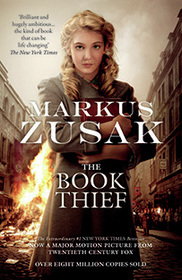
The Book Thief is graphic and violent, but YA books do not shy away from disturbing issues. Common themes include suicide, sexuality, family struggles, substance abuse, and bullying. Adolescents today relate to these issues and reading about them helps clarify their experiences.
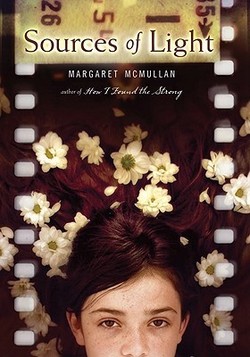
Margaret McMullen, another author writing in both genres, has Pass Christian roots. In a response to my email, she enthusiastically stated that YA books are “mostly terrific reads” and “the characters in these books are interesting and often edgy and the plots really move.”
She also noted the emergence of Mother/Daughter book groups. She said, “I saw this when my book Sources of Light came out, and some of these book groups asked me to Skype or come visit. ‘Sources’ is a mother/daughter story set in 1962 Jackson, Mississippi."
"Many adult parents like the idea of reading what their teens are reading—to keep up, have a good discussion, etc. It’s a nice idea. When you are reading the same book, you will always end up talking about important things that are difficult for parents and their children to talk about otherwise.”
I plan to read quite a few of the recommended books listed below.
Recommended Reading from Cindy Williams and Allison Anderson:
I’ll Give you the Sun by Jandy Nelson
We Were Liars by E. Lockhart
All the Truth That’s In Me by Julie Berry
Midwinter Blood by Marcus Sedgwick.
Upcoming Movies from Recommended YA books. (Always read the book first, Cindy recommends.)
The 5th Wave by Rick Yancey
Legend by Marie Lu
Daughter of Smoke and Bone by Laini Taylor
Shadow and Bone by Leigh Bardugo
Me and Earl and the Dying Girl by Jesse Andrews
Miss Peregrines Home for Peculiar Children by Ransome Riggs
Epic Reads Explains/A Brief History of YA
Read more about this on our blog! http://www.epicreads.com/blog/a-brief...
Subscribe to Epic Reads! - http://goo.gl/2vD4rM
Get your biweekly dosage of YA talk on Tea Time: http://bit.ly/1BmYZXJ
LET’S GET BOOK NERDY!
Website: http://www.epicreads.com
Tumblr: http://epicreads.tumblr.com
Twitter: https://twitter.com/EpicReads
Instagram: http://instagram.com/epicreads
Facebook: https://facebook.com/epicreads
Google+: https://plus.google.com/+EpicReads
Good Reads: https://www.goodreads.com/epicreads
Epic Reads is brought to you by HarperCollins Publishers.
Indie Bookstores the Mark of Vibrant Towns
- by Carole McKellar
|
Books have excited me since childhood, so bookstores and libraries are high on my list of favorite places. I feel the thrill of possibility when I walk into a bookstore. I admit I’m immoderate when buying books, but a house filled with them just feels like home. This month I’d like to discuss bookstores.
Independent bookstores fight for market share. Their total demise was predicted over a decade ago, The big box bookstores and online giants seemed poised to annihilate small, locally owned shops. Do you remember the finale of the movie, ‘You’ve Got Mail’? Meg Ryan lost her lovely little book shop to Tom Hanks’ megastore, but she managed to fall in love with him. Real life has not always offered that consolation to booksellers. Encouragingly, the American Booksellers Association reports that the number of independent bookstore in the U.S. has grown by 19.3 percent since 2009. However, the current total is slightly less than half the number at its peak in the 1990s. Recent gains are partly due to the ‘shop local’ movement, but the advantages of independent bookshops are real and numerous. |
Bay Reads
|
Browsing small, intimate bookshops is satisfying on several levels. They are generally warm and inviting visually. Books are colorful and artistic. Reading the synopsis and reviews on the dust jackets promises riches within. Holding books in your hands invites you to participate in something that has enthralled humans for hundreds of years. It is impossible to have the same experience visually and tactilely surfing the web.
Mississippi has two bookstores that regularly gain national attention. Lemuria in Jackson is one of the finest bookstores I’ve ever been in. Square Books in Oxford is a ‘must’ for Oxford visitors. Nearby New Orleans has three independents that are regular stops for me. In addition, the French Quarter has three used book shops that are treasures. To find their names and others in each state, go to www.newpages.com or www.indiebound.org.
Successful small businesses make vibrant towns. Shop our independent bookstores to keep dollars and this valuable service in our community. Our local bookstores deserve our support because they enrich all of our lives.
- "For me, the best poetry is short, clear and readable." Carole shares some of her favorite stanzas to celebrate National Poetry Month.
Distillation of an Essence
When teaching poetry, high schools and colleges tend to focus on structure and interpretation, most often using classical poems of considerable complexity. Who doesn’t feel their eyes glaze over with terms like phonoaesthetics, meter, and symbolism. It’s no wonder that so few people continue reading poetry outside of a mandatory assignment.
Poetry is the distillation of the essence of a thing into a few perfect words. For me, the best poetry is short, clear and readable. It can evoke memories of all five senses, build a vivid image, or express emotion. Credit for my love of poetry goes to my husband, John, who introduced me to the beauty and power of a well-written line. One of his favorite stanzas is:
In masks outrageous and austere
the years go by in single file,
but none has merited my fear,
and none has quite escaped my smile.
from ‘Let No Charitable Hope’ by Eleanor Wylie
The movie, ‘Four Weddings and a Funeral’, was a popular comedy in the 1990’s that seems an unlikely promoter of poetry. I remember being moved to tears with the recitation of W.H. Auden’s “Funeral Blues’. Who can forget the lines:
He was my North, my South, my East and West,
My working week and my Sunday rest
My noon, my midnight, my talk, my song;
I thought that love would last forever. I was wrong.
If you are not familiar with it, you really must read the rest of this beautiful poem.
When despair for the world grows in me
and I wake in the night at the least sound
in fear of what my life and my children’s lives may be,
I go and lie down where the wood drake
rests in his beauty on the water, and the great heron feeds.
I come into the peace of wild things
who do not tax their lives with forethought
of grief. I come into the presence of still water.
And feel above me the day-blind stars
waiting with their light. For a time
I rest in the grace of the world, and am free.
Truly, we live with mysteries too marvelous
to be understood.
How grass can be nourishing in the
mouths of lambs.
How rivers and stones are forever
in allegiance with gravity
while we ourselves dream of rising.
How two hands touch and the bonds
will never be broken.
How people come, from delight or the
scars of damage,
to the comfort of a poem.
Let me keep my distance, always, from those
who think they have the answers.
Let me keep company always with those who say
“Look!” and laugh in astonishment,
and bow their heads.
Haiku is a more recent obsession. I can’t recall where I read about Kobayashi Issa, an eighteenth century Japanese poet, but he ignited my interest in composing haiku poems. I seldom write them down, but I love attempting to tell a story in three lines. Here is an Issa haiku poem that I particularly enjoy:
my dead mother--
every time I see the ocean
every time…
When Katrina destroyed the homes of many of my co-workers at school, the faculty who were spared gave us a ‘shower’ to replace household items. I turned to a poem, ‘Kindness’ by Naomi Shihab Nye to express my thanks. The poem begins:
Before you know what kindness really is
you must lose things,
feel the future dissolve in a moment
like salt in a weakened broth.
And it ends:
only kindness that raises its head
from the crowd of the world to say
it is I you have been looking for,
and then goes with you everywhere
like a shadow or a friend.
On March 11, 2015 the Irish President announced ‘A Poem for Ireland’, which Irish citizens chose from thousands of nominated poems. The winner is Seamus Heaney’s ‘When all the others were away at Mass’. What can you say about a country which puts poetry ‘firmly at the heart of the national conversation’?
When all the others were away at Mass
I was all hers as we peeled potatoes.
They broke the silence, let fall one by one
Like solder weeping off the soldering iron:
Cold comforts set between us, things to share
Gleaming in a bucket of clean water.
And again let fall. Little pleasant splashes
From each other’s work would bring us to our senses.
So while the parish priest at her bedside
Went hammer and tongs at the prayers for the dying
And some were responding and some crying
I remembered her head bent toward my head,
Her breath in mine, our fluent dipping knives--
Never closer the whole rest of our lives.
Those few lines tell a story as powerful as told in full-length novels. ‘A Poem for Ireland’ makes me wonder what America’s Poem could be. Would you vote for ‘Song of Myself’ by Walt Whitman or ‘Still I Rise’ by Maya Angelou? The discussion would be more productive than what passes for political debate these days.
Poetry is amazingly accessible thanks to the internet. The Writer’s Almanac with Garrison Keillor publishes a poem a day that can be sent to your inbox.The Academy of American Poets allows you browse thousands of poems by occasion, theme or form. Search ‘National Poetry Month’ and you get suggestions for celebrating in April.
Of particular interest to me is‘Poem in Your Pocket Day’ to be celebrated on April 30. I’ve copied some of my favorite poems to leave around Bay St. Louis to be picked up and read by others, who then do likewise. I challenge everyone reading this to find and share a favorite poem with someone this month.
Dear Poet Contest for Students in grades five through twelve! Deadline, April 30th!
Students—to participate in this year’s Dear Poet project, watch the videos below of Chancellors reading and discussing one of their poems. Then, write them a letter in response and send it by post or email to the Academy of American Poets, 75 Maiden Lane, Suite 901, New York, NY 10038 or dearpoet@poets.org by April 30, 2015. Please include your name and the name of the poet to whom you’ve written. We will consider all letters for publication on Poets.org in May 2015. And our Chancellors will reply to select letters of their choosing.
Writing About Writers
- This month - Carolyn J. Brown explores the lives of Eudora Welty and Margaret Walker Alexander in two new books, "A Daring Life" and "Song of My Life." "Bay Reads" looks at both books and lands an exclusive interview with Carolyn J. Brown!
| A Daring Life: A Biography of Eudora Welty and Song of My Life: A Biography of Margaret Walker by Carolyn J. Brown On January 29, 2015, Carolyn J. Brown was guest speaker at the Pass Christian Library Word and Music event. Carolyn lives in Jackson, Mississippi and has recently published biographies of Eudora Welty and Margaret Walker Alexander. A wine reception and book signing at Pass Books preceded her talk. Both books are available at Bay Books as well. | Bay Reads |
Although both biographies are entertaining reads, they are scholarly books with appendices, bibliographies, and source notes. Dr. Brown is an adjunct instructor at Millsaps College. She earned a BA from Duke University in English and History and a Master’s and Ph.D. in English from University of North Carolina-Greensboro.
Both Margaret Walker and Eudora Welty were fortunate to have educated parents who provided an environment filled with books and reverence for learning. They were born in the early years of the twentieth century. They were educated in prestigious universities in the Midwest, but both spent most of their working lives in Jackson, Mississippi. Ms. Welty never married and lived in her family home until her death in 2001. Ms. Walker married and raised four children as the primary breadwinner. She died in 1998.
A Daring Life: A Biography of Eudora Welty, was published by University Press of Mississippi in 2012. The title comes from Ms. Welty’s autobiographical One Writer’s Beginnings when she wrote, “As you have seen, I am a writer who came of a sheltered life. A sheltered life can be a daring life as well. For all serious daring starts from within.” Much has been written about Ms. Welty, but A Daring Life emphasized her childhood and young adult life. The book included charming photographs of her youthful artwork. Aside from her novels, stories, and essays, Ms. Welty was an accomplished photographer. She loved to travel and led a more adventurous life than would be expected of a lady of her class and time.
Song of My Life: A Biography of Margaret Walker was published in October, 2014 in time for the centennial of her birth. This is the first biography of Ms. Walker who was described as “the most famous person nobody knows.” Ms. Walker is best known for writing Jubilee, published in 1966, a novel which tells the story of her great-grandmother. She was a poet, essayist, and educator. For most of her career, she taught at Jackson State University, the site of the Margaret Walker Alexander National Research Center, which contains her papers. Ms. Walker was the contemporary and friend of Richard Wright, Alice Walker, Nikki Giovanni, and other influential African American writers of the twentieth century.
Excerpts of Ms. Walker’s poetry in Song of My Life led me to search out entire poems on the Poetry Foundation website. There is power and beauty in her poems. “For My People," arguably her most famous poem, was part of a collection that won her the Yale Series of Younger Poets Award in 1942. The following demonstrates the strength of her voice:
For my people standing staring trying to fashion a better way
from confusion, from hypocrisy and misunderstanding,
trying to fashion a world that will hold all the people,
all the faces, all the adams and eves and their countless generations;
Let a new earth rise. Let another world be born. Let a
bloody peace be written in the sky. Let a second
generation full of courage issue forth; let a people
loving freedom come to growth.
The poem “I Want to Write” articulates Ms. Walkers ambition as an artist.
I want to write
I want to write the songs of my people
I want to hear them singing melodies in the dark.
I want to catch the last floating strains from their sob-torn throats.
I want to frame their dreams into words; their souls into notes.
I want to catch their sunshine laughter in a bowl;
fling dark hands to a darker sky
and fill them full of stars
then crush and mix such lights till they become
a mirrored pool of brilliance in the dawn.
With these two books, Carolyn J. Brown reintroduced us to the gifted life of Margaret Walker Alexander and has given us a fresh and vivid portrayal of Eudora Welty. Their stories stayed with me for weeks as I contemplated their lives and accomplishments. I look forward to reading Dr. Brown’s next book about the life of Kate Freeman Clark (1875-1957), an impressionist painter from Holly Springs, Mississippi. She is currently doing research on Clark, who is largely unknown in her home state. That should be another fascinating read.
Carol J. Brown Interview
What kind of books did you enjoy reading as a child?
I loved biographies! There was a series (I don’t recall the name), and I enjoyed the ones about strong women like Clara Barton, Jane Addams and Florence Nightingale. I loved the Little House on the Prairie series. I loved fairy tales.
What do you enjoy reading in your spare time now?
I love new fiction, but after a while I will pick up a classic I missed or reread one that I have not read in a while. I read one Jane Austen novel a year. It’s funny—I don’t tend to read biography. I prefer fiction. (Ms. Brown is the president of the Mississippi chapter of the Jane Austen Society of North America.)
What books are on your nightstand?
The Signature of Everything by Elizabeth Gilbert; The Department of Speculation by Jenny Offill; Sanditon and Other Stories by Jane Austen; Nothing Gold Can Stay by Ron Rash
When did you decide to become a writer?
I don’t think I ever decided or there was a moment when I said, “I am going to be a writer when I grow up.” I had great English teachers in high school, and my creative writing teacher submitted a story I wrote (entitled “The Rose Garden”) to a local contest and it won! In college I wrote a couple of papers I was quite proud of, followed by my Master’s thesis and dissertation. My dissertation won “Dissertation of the Year” from UNC-Greensboro, a $1000 prize. I never published my dissertation, but it was over 500 pages so I knew I could write a book—I had the discipline. But marriage and children interrupted my writing career, and I didn’t get back to it until I moved to Jackson and rediscovered Eudora Welty who I first read in graduate school.
What lead you to write biographies?
I thought there needed to be a book about Eudora Welty for the younger set. I first tried to write her life as a story for young children, but I couldn’t find the right voice. Then I found a biography of Edith Wharton written by a librarian (The Brave Escape of Edith Wharton by Connie Nordhielm Wooldridge) that I loved. It was about 150 pages and a beautiful combination of illustration and text. And it was an enjoyable read for all ages. I had found my model and, as it turns out, my genre. I would love to write fiction, but all my life I have written in the academic realm. Not since I wrote “The Rose Garden” in the eleventh grade have I written any fiction!
Why did you choose to write for younger readers?
I have two sons and felt that they did not have a book that introduced them to Eudora Welty. I wanted them to know who Welty was, visit her house, read her fiction…there was no book that met the needs of the upper middle and high school age student. And, according to my editor, the Mississippi Library Association had approached her with a request for more non-fiction books for young readers. So the timing was right, and a biography series was born.
How long did it take you to write each book? What percentage of the time was spent on research and what on actually writing?
At least, at a minimum for me, two years. I need a year to a year and a half for research and writing. I love research—going to libraries, reading primary documents, collecting photographs, just getting carried away with the subject. Then I write, and I write pretty quickly. Once I turn the manuscript in it goes through all the steps that University Press of Mississippi requires—editing, layout, gathering permissions, until it is finally ready to be printed. So, to answer you question, I would say it is a 60/40 split: 60% research, 40% writing.
What advice would you give would be writers?
If you have something you want to write about, stick with it. It can be hard to get published, but it’s important to find the right publisher and editor. And writing is rewriting. I have a writing partner in Jackson who read many drafts and told me when I got off track and away from the subject. You need a person you trust to read your drafts. Find a writing partner or group.
This month - a review of one of the most talked-about books in the country by first-time novelist M.O. Walsh
"My Sunshine Away" - a novel by M.O. Walsh
M.O. Walsh took the title of his book from the lyrics of the song, “You Are My Sunshine,” written by the former governor of Louisiana, Jimmie Davis.
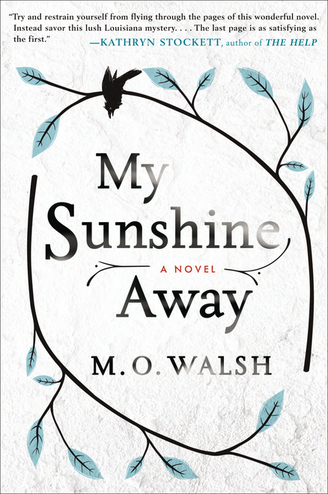
The narrator of this story is unnamed, but he is the grown man recalling this life-defining event. The style is informal and conversational. His description of the life of a privileged boy growing up in the south feels authentic. One pivotal event in the story centered around the explosion of the Challenger space shuttle. The reactions of the students and teachers watching television in class brought back vivid memories of that tragedy. Neighborhood street games, mosquito control trucks, and backyard barbecues evoke the sound and smell of a Southern childhood.
Our storyteller’s youth included trauma not centered on the rape, since his family life is far from perfect. The upscale neighborhood of his youth was not as idyllic as it seemed on the surface either. At times the guilt expressed by the narrator seemed puzzling. He described himself as a suspect, his infatuation with Lindy caused him to do some suspicious things, but he never seemed capable of committing the crime. While he became something of a peeping Tom, this appeared to be the indiscretions of a foolish teenage boy.
The novel is suspenseful and maintained my interest from the beginning. One chapter diverged into an explanation of the differences between Baton Rouge and New Orleans. That chapter seemed ancillary to the story, but highly entertaining as an essay. The conclusion demonstrated that a fulfilling life is possible in spite of traumatic experiences.
I had the pleasure of reading an advance copy of this novel, which won’t be published until some time in mid-February. The author, M.O. Walsh, is a graduate of the MFA program at the University of Mississippi and is currently the director of the Creative Writing Workshop at The University of New Orleans. He grew up in Baton Rouge, but currently lives in New Orleans with his family. His stories and essays have appeared in several periodicals, but this is his first novel.
About M.O. Walsh
| This month’s Bay Reader is Lisa Eveleigh, co-owner of AdLib Communications and a photographer. She earned a master’s degree in English from the University of North Carolina and served for a decade as the managing editor of the prestigious literary journal, Southern Cultures. Lisa currently lives in the Bay with her husband and three children. She is proud to be a member of the Bay Book Babes Book Group. What books are currently on your night stand? Too many! I'm an ADD reader. I'm currently switching between Tell the Wolves I'm Home by Carol Rifka Brunt (book club), The Patron Saint of Liars by Ann Patchett and two books written by friends, one a page-turning history that's also a mystery published by Oxford University Press and one a self-published satire. There's definitely a difference there. Who is your favorite novelist of all time, and your favorite novelist today? I really love Virginia Wolf's To the Lighthouse, more for how it's written than what it's about, except that it's about everyday life in a particular place and time. I prefer reading books on that subject rather than books that draw upon great events. I feel the same way about Eudora Welty's The Golden Apples. It's really hard for me to pick a favorite, but these two writers are important to me. I don't have a favorite living novelist – yet. Who is your favorite Mississippi writer(s)? I'm a straight-up traditionalist here. I go for the two world-class literary geniuses to come out of the state: Faulkner and Welty. What books might we be surprised to find on your shelves? I've been reading nonfiction on new developments in brain science. I Mammal and Robert Sapolsky's Why Zebras Don't Get Ulcers. What’s the last book you read that made you laugh? The most recent book that made me laugh out loud is Jennifer' Egan's A Visit from the Goon Squad (2011), which is a novel comprised of interconnected stand-alone stories. Especially the story Kissing Mother Superior. I haven't been reading funny books lately. (I'd love some suggestions from Cleaver readers.) But I reread A Confederacy of Dunces not so long ago and laughed out loud again. Lorrie Moore's stories have always made me laugh. With both of these writers, the laughter is bitter sweet. Faulkner can be unstoppably hilarious and Shakespeare too. What’s the last book you read that made you cry? Most recently, We Are All Completely Beside Ourselves by Karen Joy Fowler made me a little teary. The book that always, as in everysingletime always, makes me cry is E.B. White's Charlotte's Web, and I'm also always reading it out loud to a child. (Probably a much more disturbing experience for the child than for me). I cried when I read The Heart is a Lonely Hunter and Sherwood Anderson's Winesberg Ohio and of course Death of a Salesman. (It didn't help that my dad was in insurance.) What kind of reader were you as a child? I remember falling in love with Jinx the cat in second grade, and I've been looking for him ever since. I collected Nancy Drew mysteries. I really loved the public library in the small town where I grew up, Gastonia, North Carolina. My mother would drop me off as a kid and later, when it moved from downtown to the suburbs across from the local museum, I would ride my bike there. It was a big free space to explore ideas – all pre-internet, of course. The quiet and the air conditioning were added appeal. As a kid, I worked my way through biographies. I loved the “Little House” books. I later had an intense science fiction phase - Ray Bradbury especially. The library was big enough that anyone could browse in privacy, great for reading Judy Blume novels and later on the Kinsey report, or whatever you wanted to read, which was all pretty liberating in a small southern town in the 1960s and 70s. If you had to name one book that made you who you are today, what would it be? I can't seem to answer this question. I pull bits and pieces from a lot of places. Professionally, Faulkner's Absalom, Absalom! taught me quite a bit about the difficulty of really understanding history, which was useful when I worked as an editor for a nonfiction journal called Southern Cultures. In that book, Faulkner and our local historian Charles Gray aren't too far apart; to paraphrase Charles, history is what you and I agree is true. You’re hosting a dinner with 3 writers (living or dead). Who’s invited? I would mix William Shakespeare with Gertrude Stein and Virginia Wolf just see what happens. What book do you find yourself returning to again and again? I go back to Theodore Roethke's Collected Poems pretty regularly (the one with the Georgia O'Keeffe painting on the cover). He's so very lyrical. I can go back to Shakespeare again and again. I've also been thinking about rereading Jonathan Franzens' The Corrections for the third time. Considering the book was published in 2001, that's a bit obsessive. That book also really makes laugh and is sad, too. What books are you embarrassed not to have read yet? War and Peace. Of course. I also was a member of a Proust reading group in a French restaurant where I worked. We read a little and drank a lot, although some did better than others. What do you plan to read next? War and Peace. Of course. No, just kidding, David Mitchell's The Thousand Autumns of Jacob de Zoet is actually waiting on the nightstand. | Bay Reads is sponsored by |
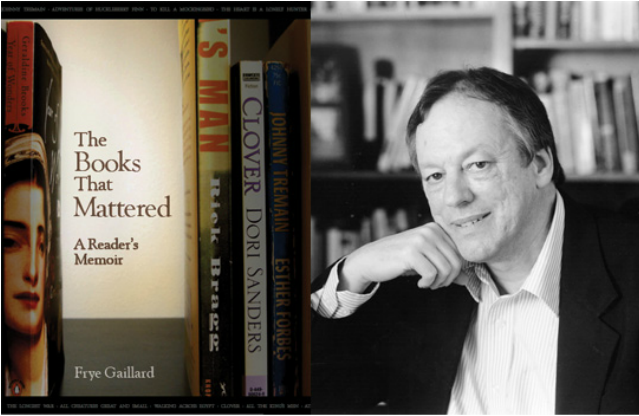 photo courtesy University of South Alabama
photo courtesy University of South Alabama Frye Gaillard is writer-in-residence at the University of South Alabama and the author of more than twenty books. In 2012, New South Books published his homage to a life of reading titled The Books That Mattered. It’s a treasure that went immediately to that ‘favorites shelf’.
Mr. Gaillard divided the book into eleven essays and reviewed more than thirty books. He then made a masterful case for why each book is a worthy read.
Some titles are predictable in that they would be on everyone’s favorite list including To Kill a Mockingbird and Huckleberry Finn. Others are less well known. Mr. Gaillard states that the books featured in his essays are ‘not my estimate of the thirty best books ever written, but simply those that mattered most to me’.
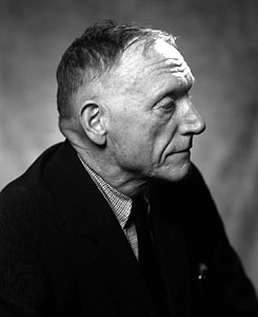 Robert Penn Warren
Robert Penn Warren As a young adult, All the King’s Men filled me with awe and changed the way I judged books. As Mr. Gaillard pointed out, Robert Penn Warren was a poet whose “subtle alliterations and internal rhymes, the waltz-like cadence of the paragraphs” were “like a stream tumbling gently over the rocks”. Mr. Gaillard’s book recalled the beauty of the language and the relevance today of a novel written in 1946. It’s on my reread list.
| The Books That Mattered prompted me to search for the list I started in 2006 titled ‘Personal Best Books’. The first book on the list was The Poisonwood Bible by Barbara Kingsolver. In The Poisonwood Bible, a missionary family travels to Africa with preconceived ideas of the people they will find there, but find themselves transformed by the experience. I admire most of Kingsolver's writing, but consider that book her masterpiece. I spent an enjoyable afternoon thinking of books I’ve loved. I know I’m forgetting some, but I currently have forty-seven books listed. Join our monthly 4th Ward Cleaver book community. Tell us what book moved you, changed you, or made you pause over the elegance of a thought or beauty of a phrase. |
Categories
All
15 Minutes
Across The Bridge
Aloha Diamondhead
Antiques
Architecture
Art
Arts Alive
Arts Locale
At Home In The Bay
Bay Bride
Bay Business
Bay Reads
Bay St. Louis
Beach To Bayou
Beach-to-bayou
Beautiful Things
Benefit
Big Buzz
Boats
Body+Mind+Spirit
Books
BSL Council Updates
BSL P&Z
Business
Business Buzz
Casting My Net
Civics
Coast Cuisine
Coast Lines Column
Day Tripping
Design
Diamondhead
DIY
Editors Notes
Education
Environment
Events
Fashion
Food
Friends Of The Animal Shelter
Good Neighbor
Grape Minds
Growing Up Downtown
Harbor Highlights
Health
History
Honor Roll
House And Garden
Legends And Legacies
Local Focal
Lodging
Mardi Gras
Mind+Body+Spirit
Mother Of Pearl
Murphy's Musical Notes
Music
Nature
Nature Notes
New Orleans
News
Noteworthy Women
Old Town Merchants
On The Shoofly
Parenting
Partner Spotlight
Pass Christian
Public Safety
Puppy-dog-tales
Rheta-grimsley-johnson
Science
Second Saturday
Shared History
Shared-history
Shelter-stars
Shoofly
Shore Thing Fishing Report
Sponsor Spotlight
Station-house-bsl
Talk Of The Town
The Eyes Have It
Tourism
Town Green
Town-green
Travel
Tying-the-knot
Video
Vintage-vignette
Vintage-vignette
Waveland
Weddings
Wellness
Window-shopping
Wines-and-dining
Archives
April 2024
March 2024
June 2023
March 2023
February 2023
January 2023
December 2022
November 2022
October 2022
September 2022
August 2022
July 2022
June 2022
May 2022
April 2022
March 2022
February 2022
January 2022
December 2021
November 2021
October 2021
September 2021
August 2021
July 2021
June 2021
May 2021
April 2021
March 2021
February 2021
January 2021
December 2020
November 2020
October 2020
September 2020
August 2020
July 2020
June 2020
May 2020
April 2020
March 2020
February 2020
January 2020
December 2019
November 2019
October 2019
September 2019
August 2019
July 2019
June 2019
May 2019
April 2019
March 2019
February 2019
January 2019
December 2018
November 2018
October 2018
September 2018
August 2018
July 2018
June 2018
May 2018
April 2018
March 2018
February 2018
January 2018
December 2017
November 2017
October 2017
September 2017
August 2017
July 2017
June 2017
May 2017
April 2017
March 2017
February 2017
January 2017
December 2016
November 2016
October 2016
September 2016
August 2016
July 2016
June 2016
May 2016
April 2016
March 2016
February 2016
January 2016
December 2015
November 2015
October 2015
September 2015
August 2015
July 2015
June 2015
May 2015
April 2015
March 2015
February 2015
January 2015
December 2014
November 2014
August 2014
January 2014
November 2013
August 2013
June 2013
March 2013
February 2013
December 2012
October 2012
September 2012
May 2012
March 2012
February 2012
December 2011
November 2011
October 2011
September 2011
August 2011
July 2011
June 2011

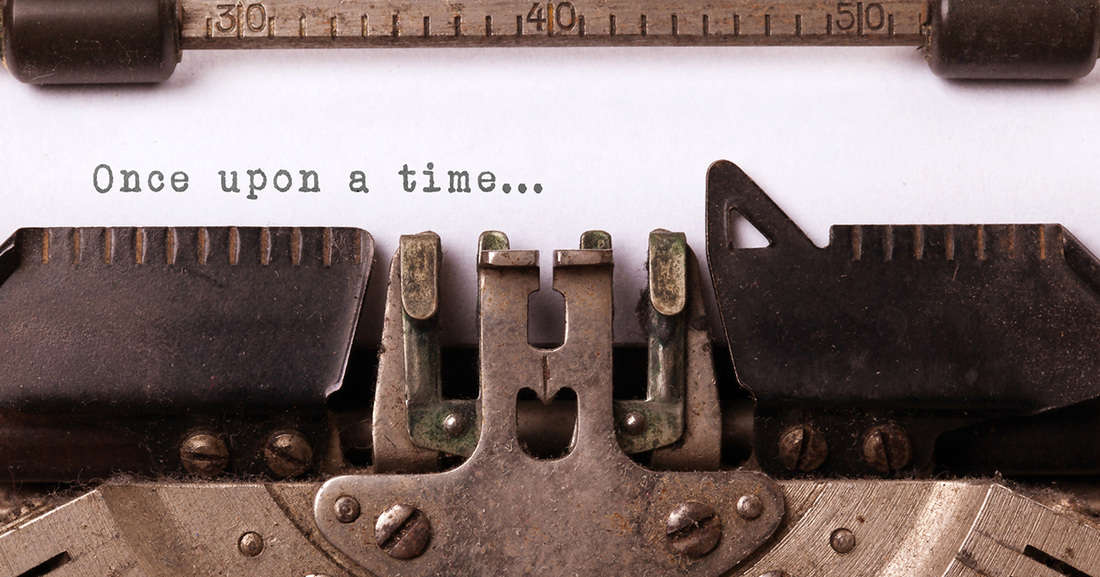
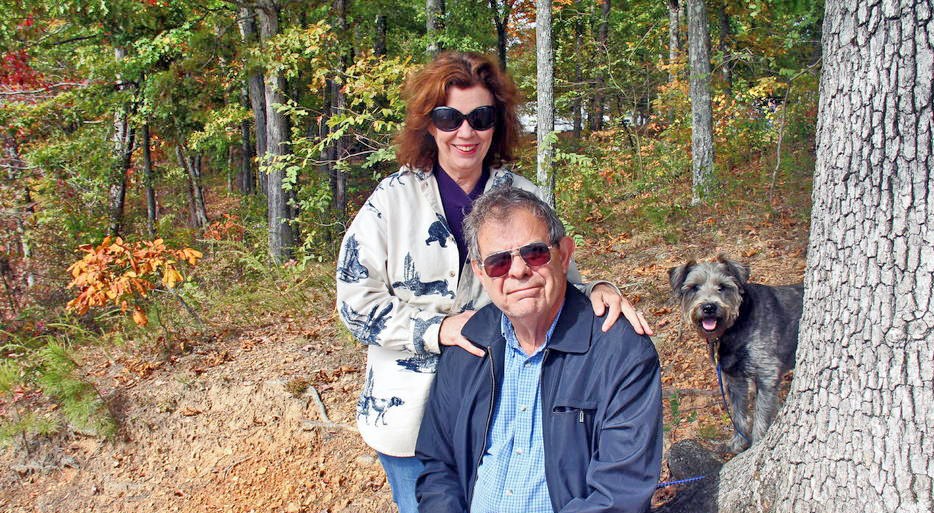

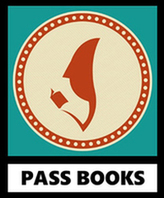
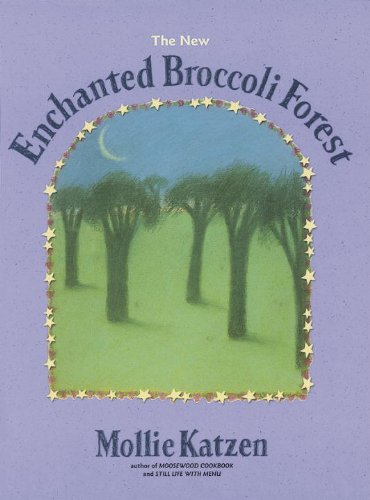
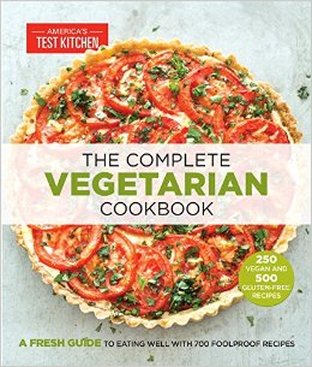
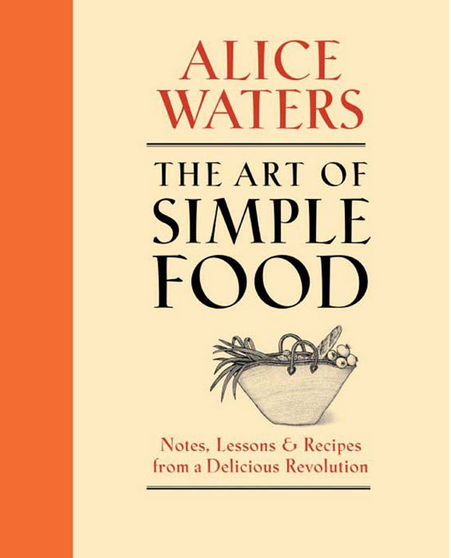
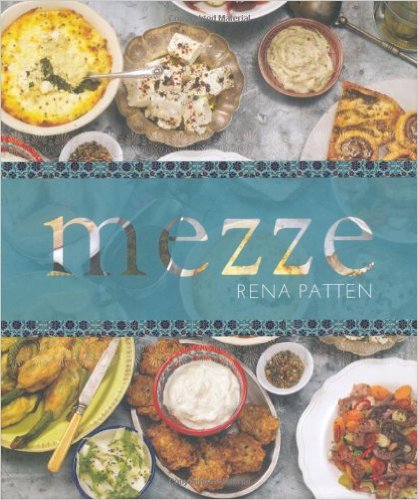

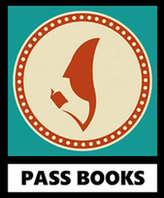
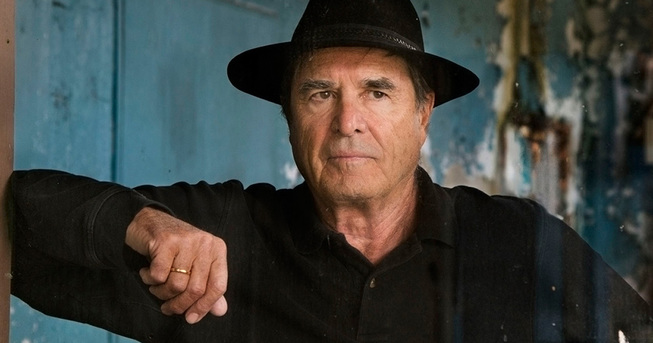
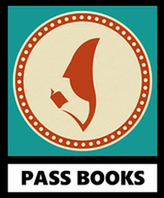
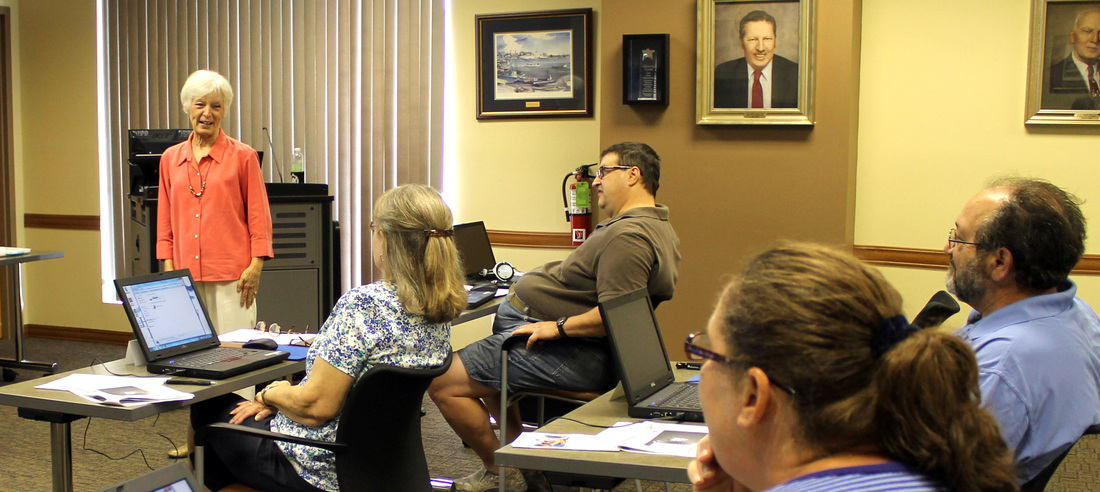
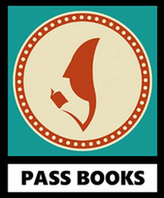
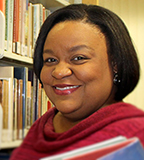

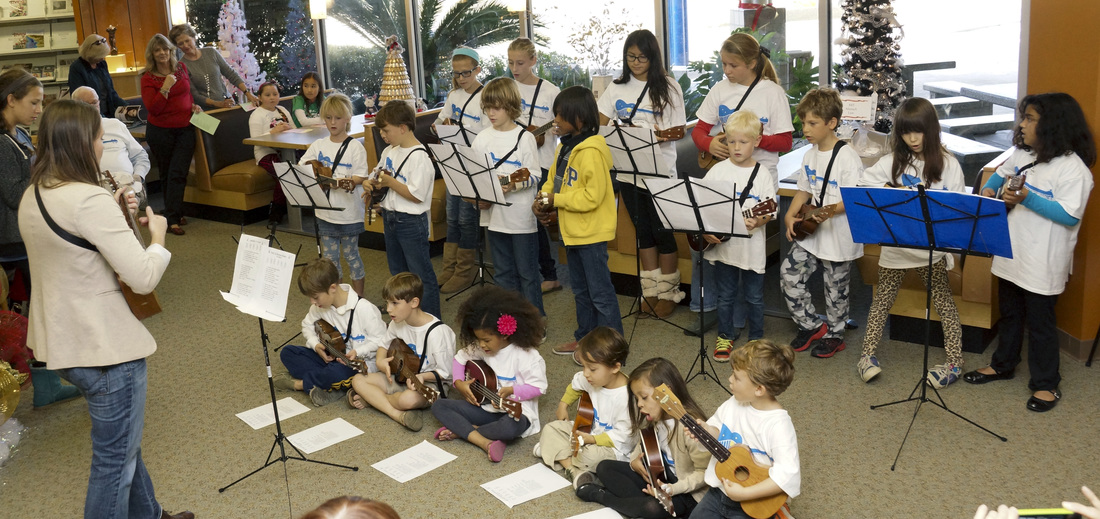
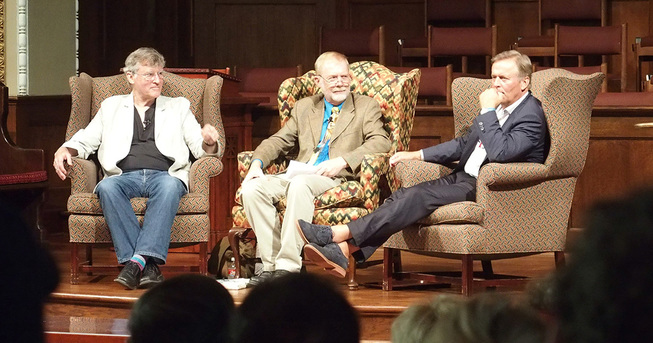
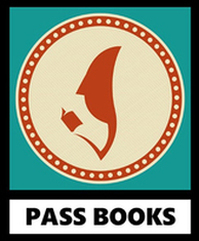
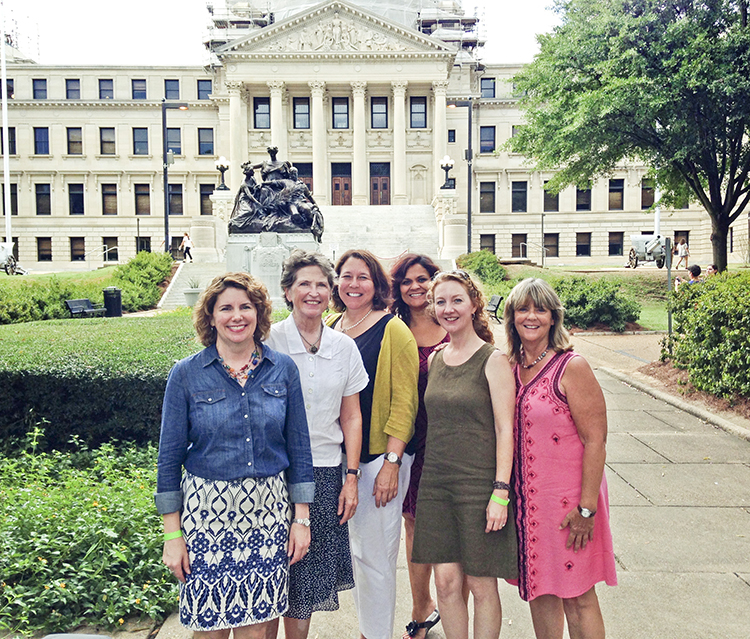
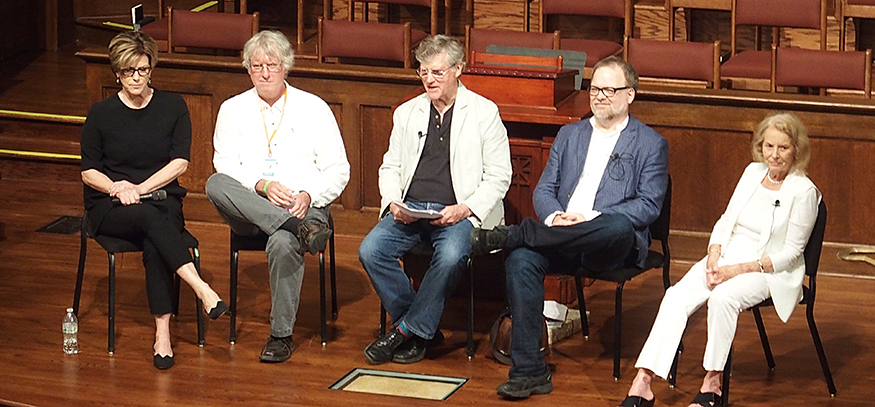
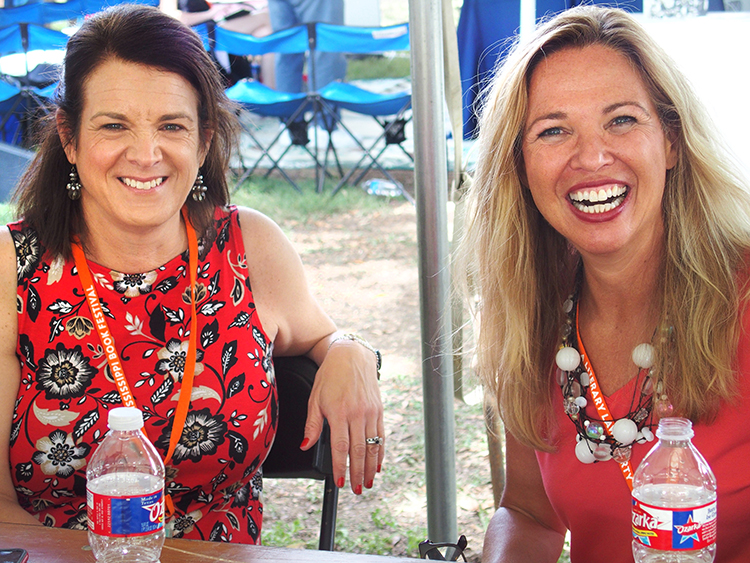
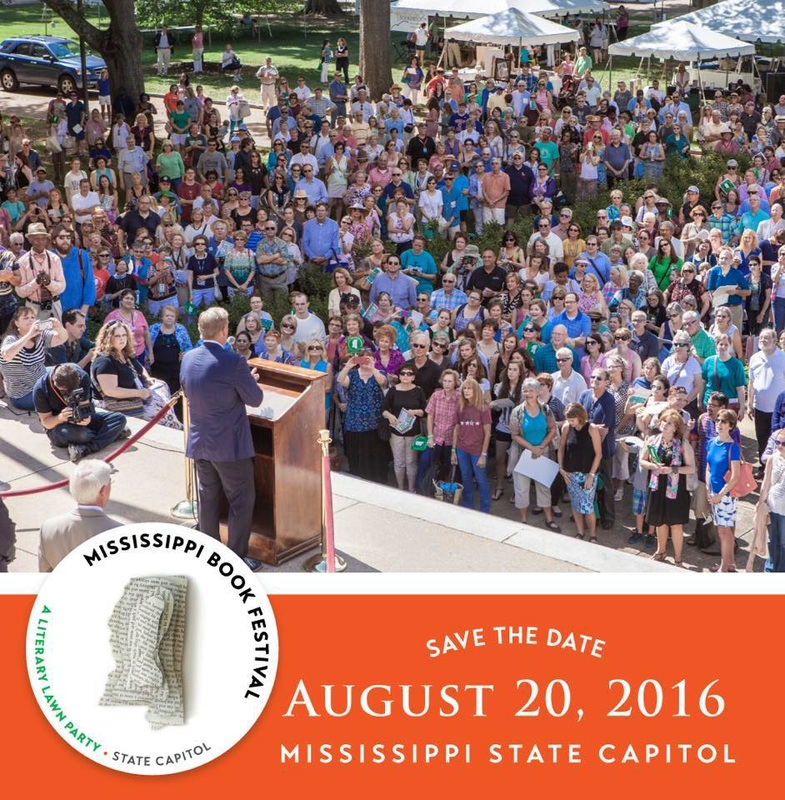
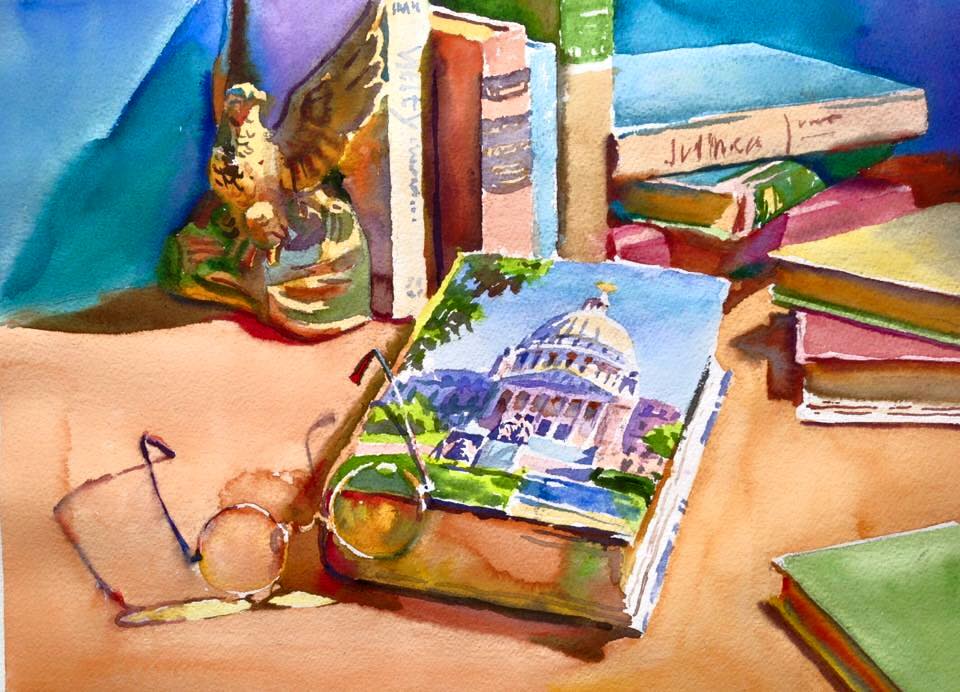
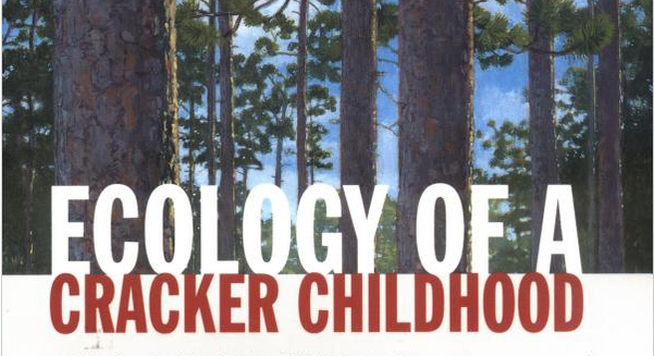
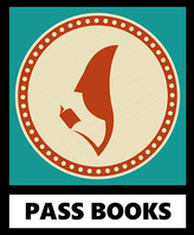
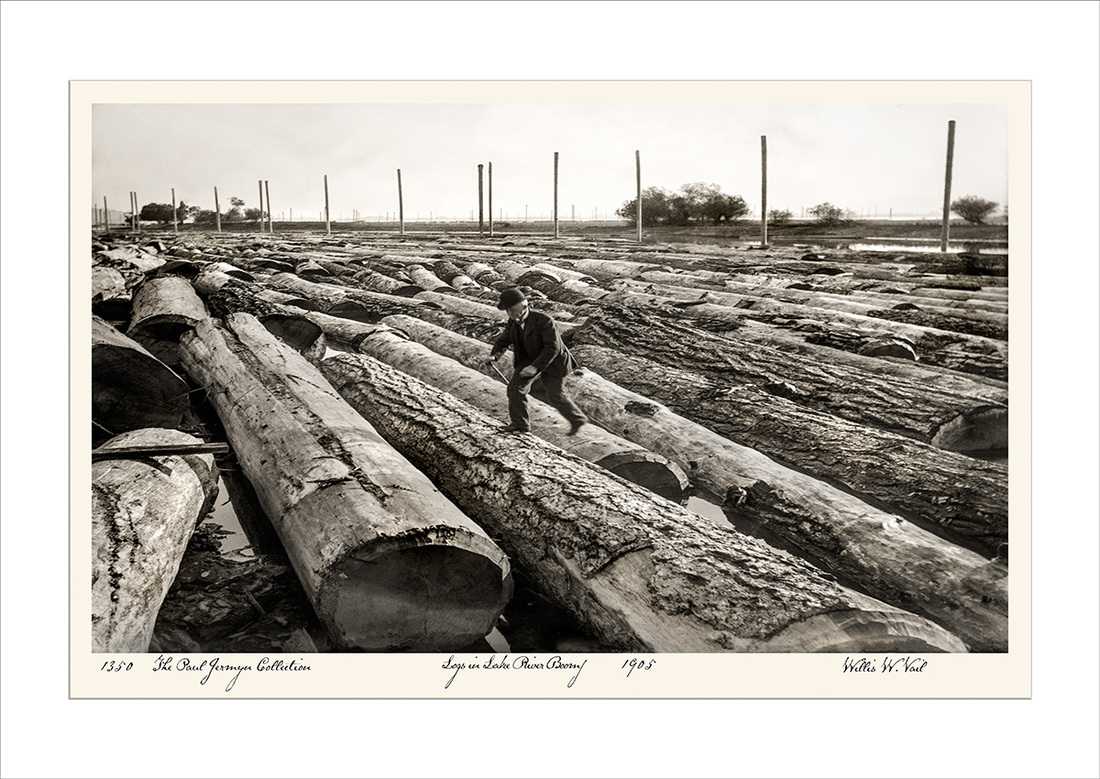
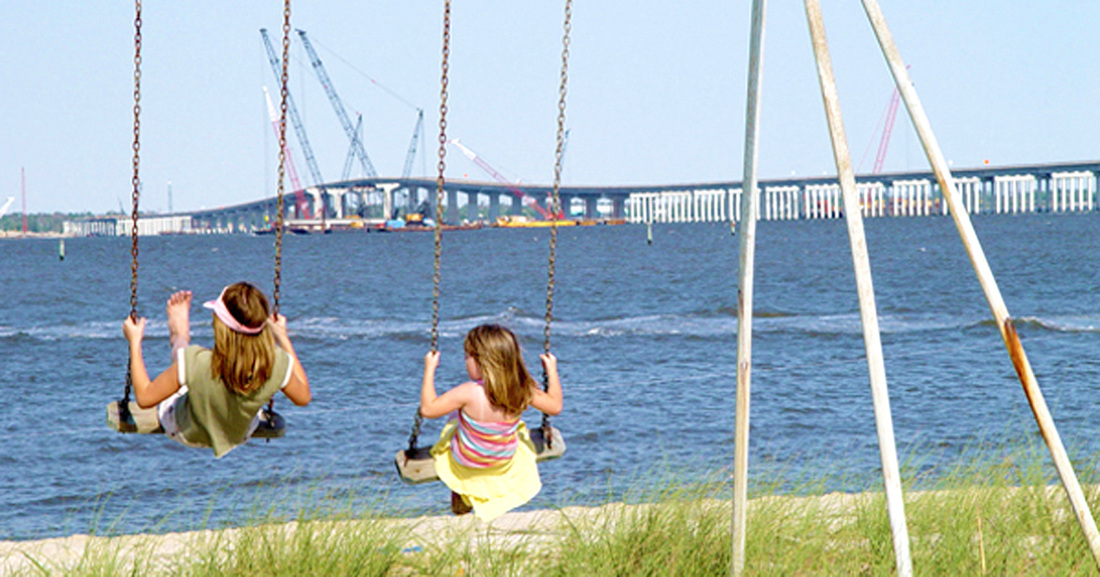
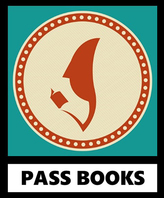
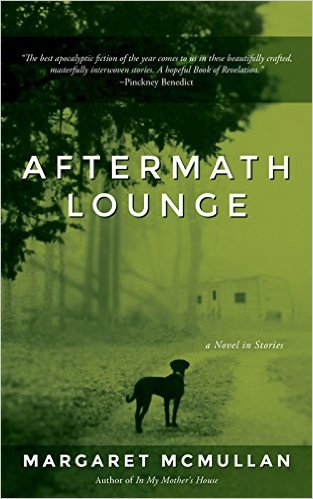
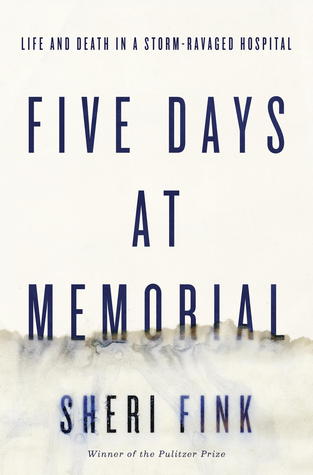
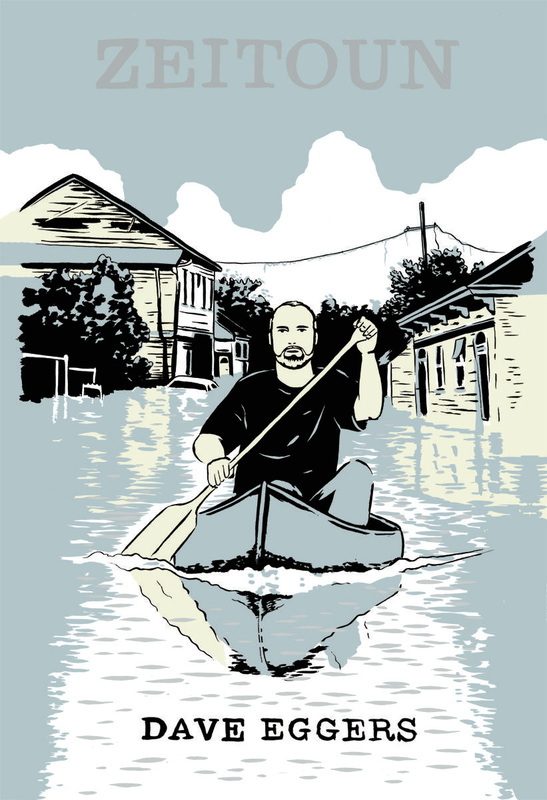
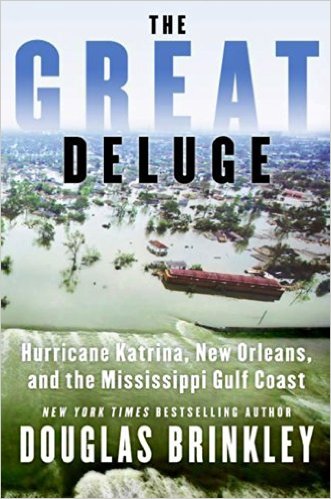
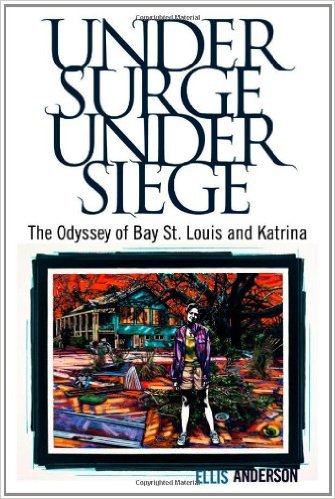
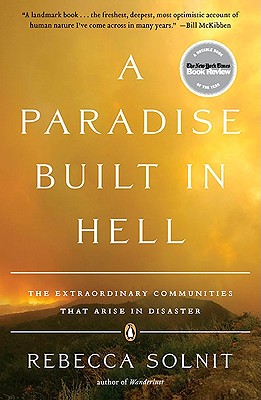

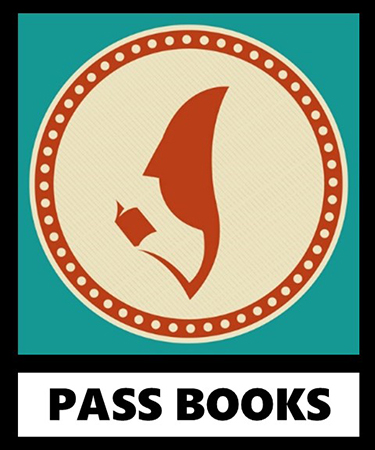

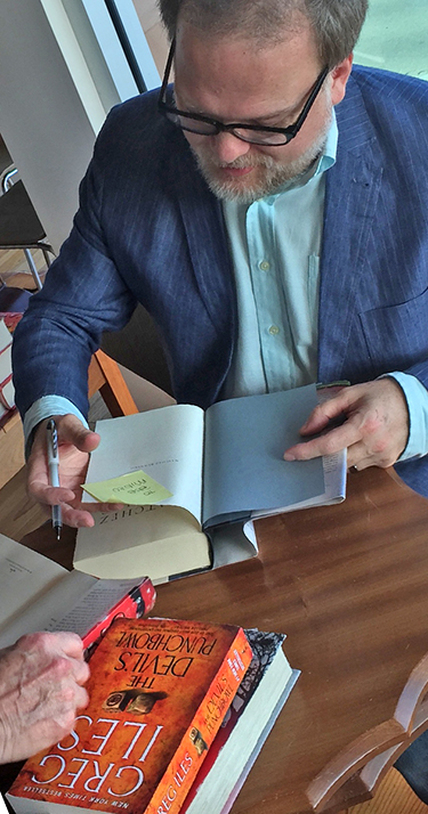
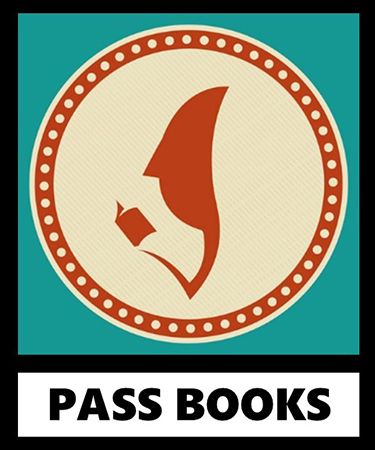
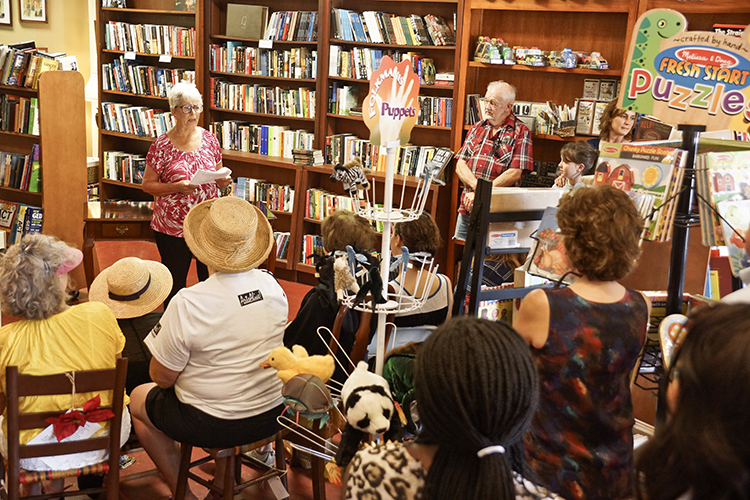
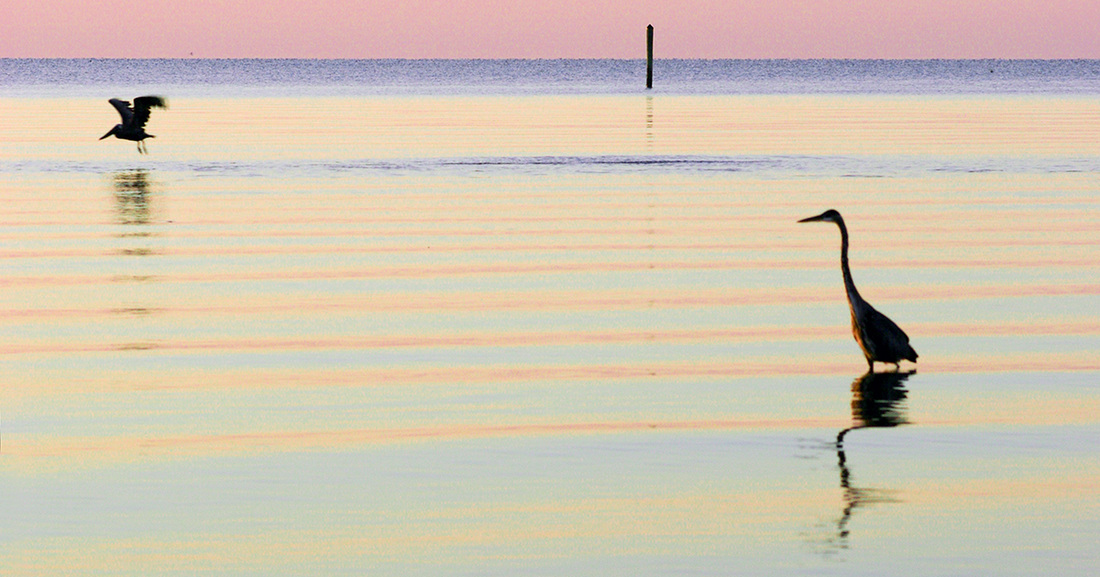
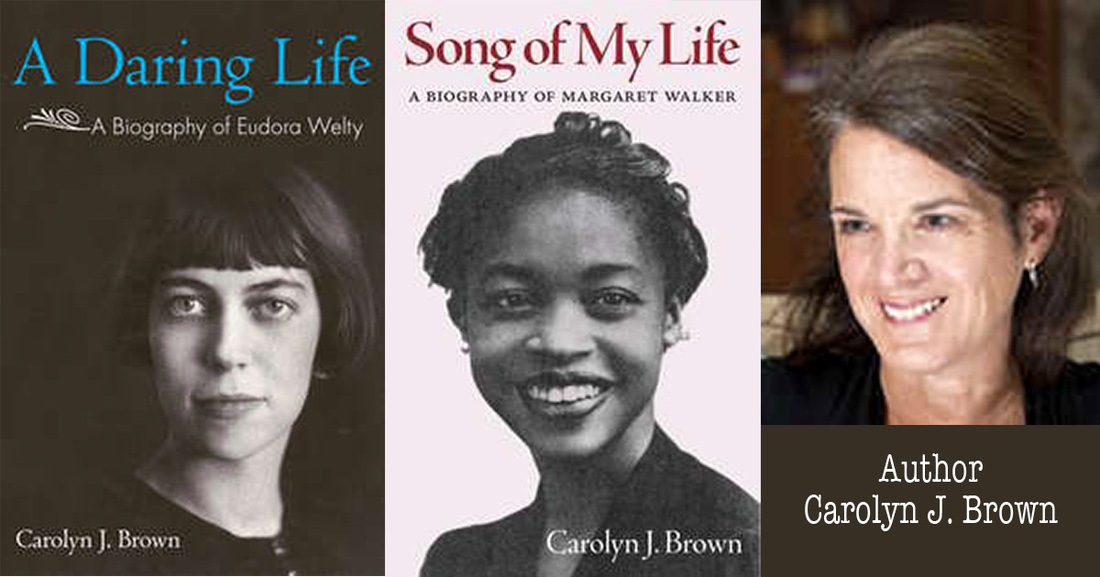

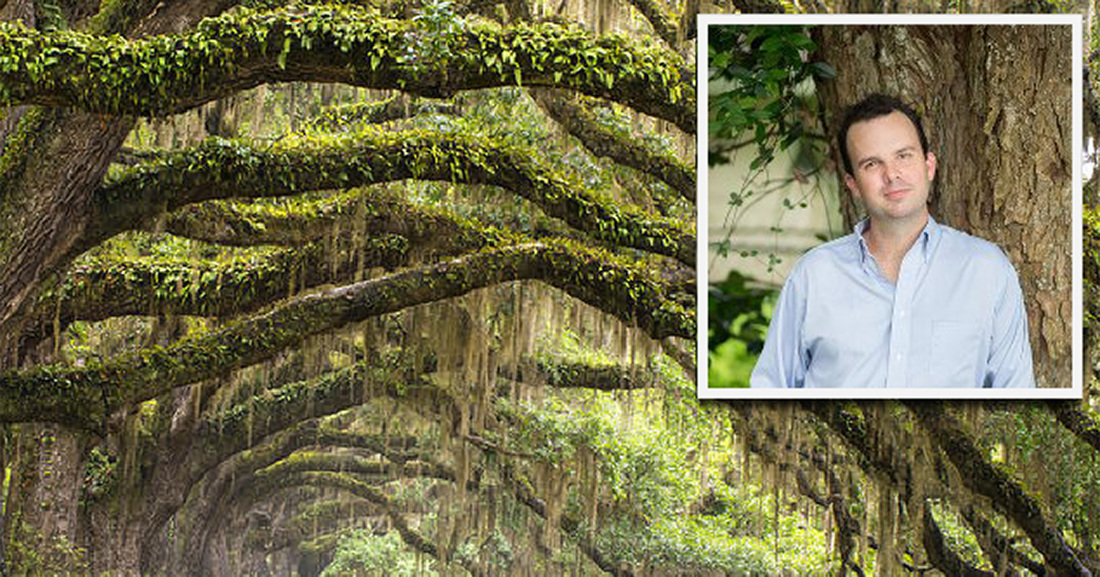
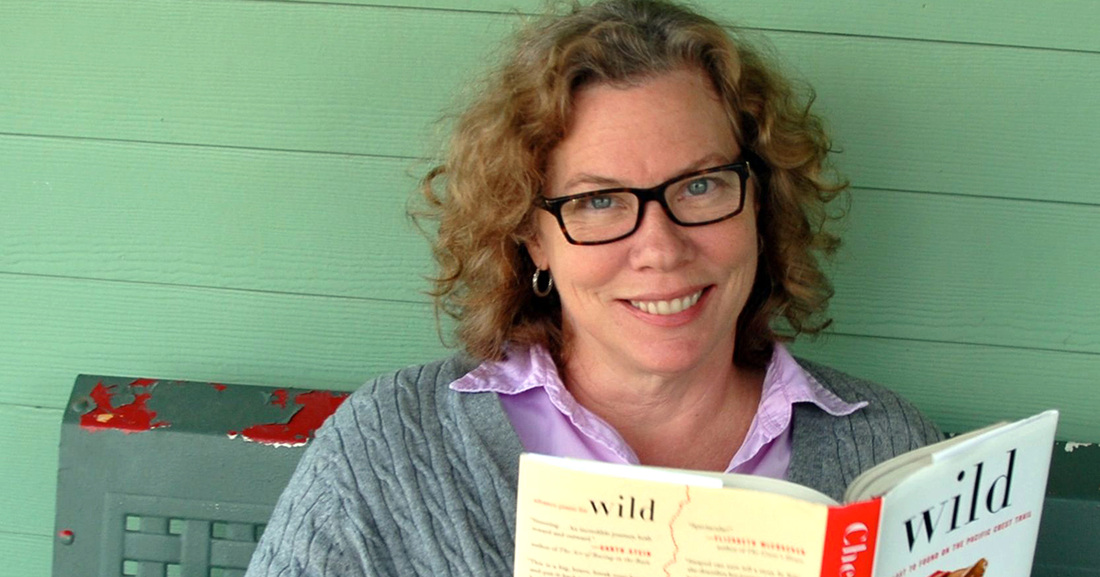
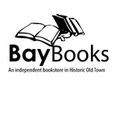
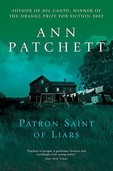
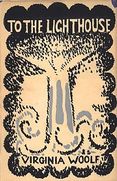
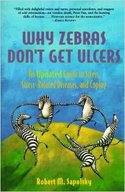
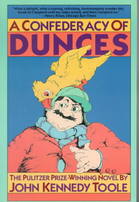
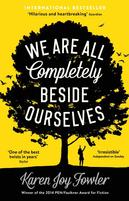
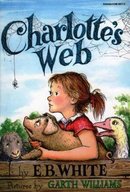
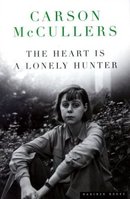
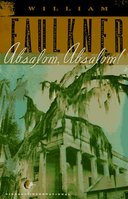
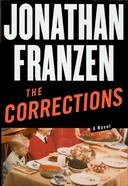
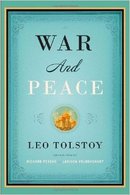
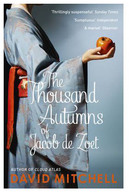
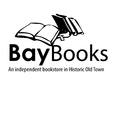
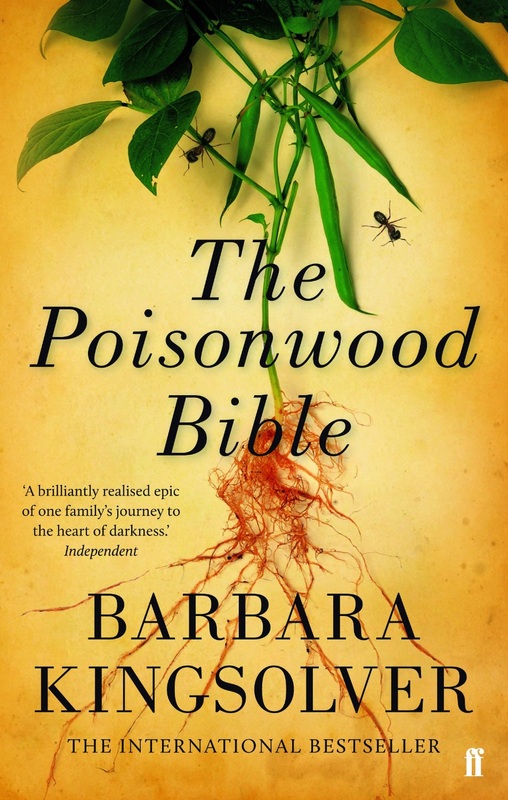


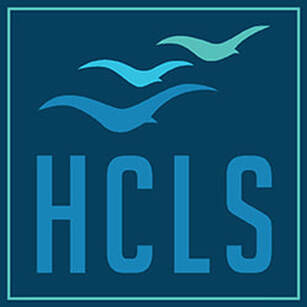
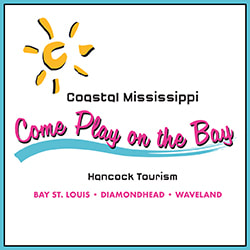
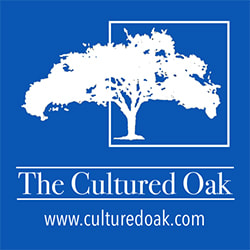


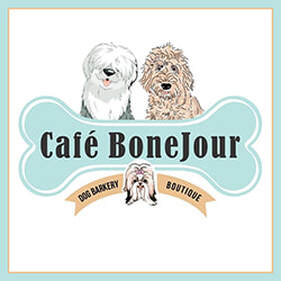


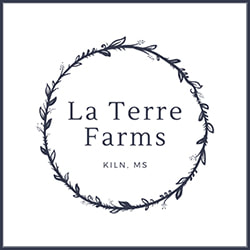


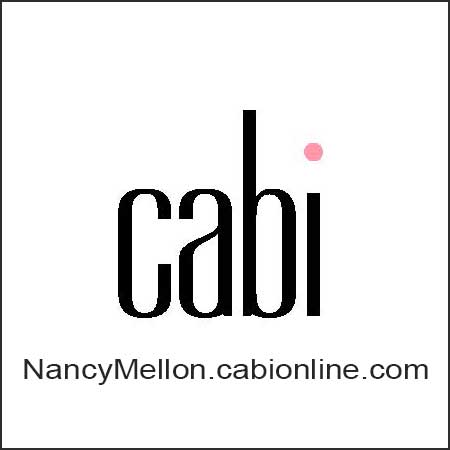
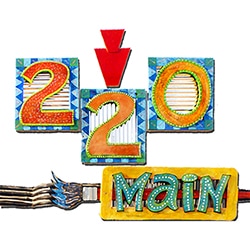

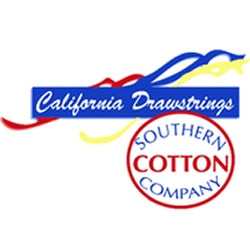


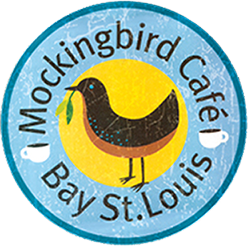
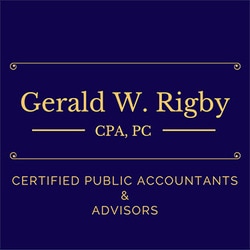
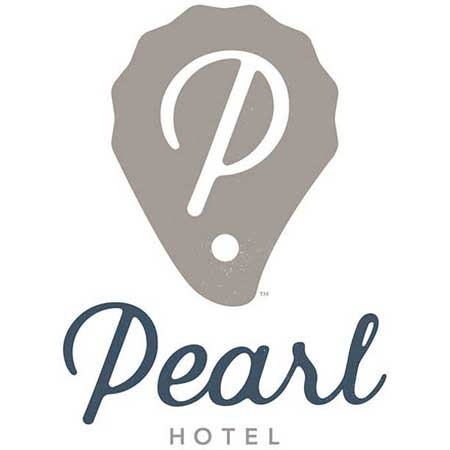


 RSS Feed
RSS Feed





